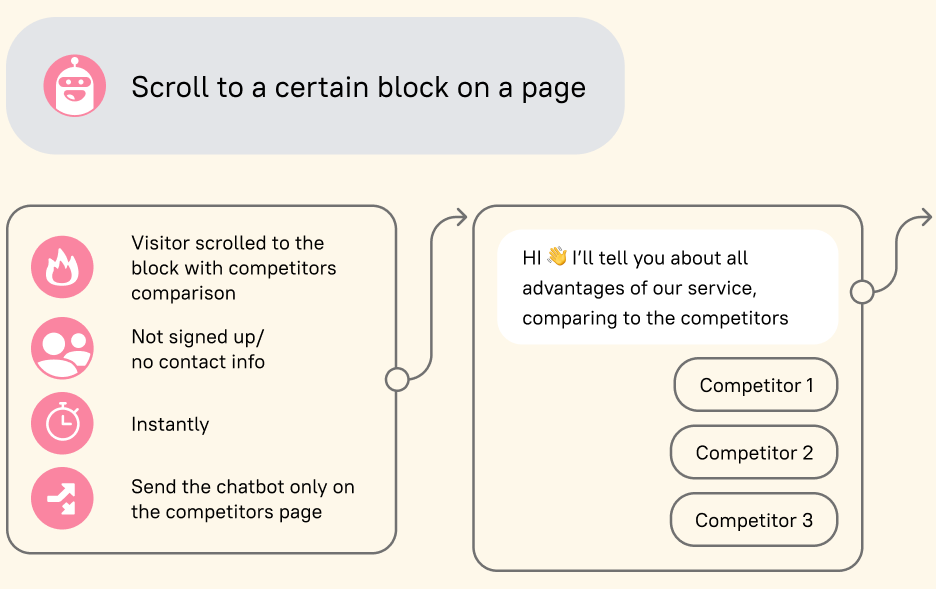Fail Fast, Grow Faster: How to Build a Growth Team. The second part of the interview with Polina, the head of the Dashly growth team

This is the second part of the story about how we built a growth team and mastered the art of growth marketing.
In the first part, Polina, the head of the Dashly growth team, told us why we needed such a team in the first place, how we built it, how they tested growth hypotheses, and how they managed to bring a third of all requests for service demos within just 2 months.
In 5 months, the guys from the Dashly growth team tested 215 hypotheses, learned to interact with other teams effectively, and hired new employees.
That’s what we’ll talk about in this part:
- How fast you need to test growth marketing hypotheses and why;
- Which teams the Dashly growth team interacts with, and how they collaborate;
- How we hired people for the growth team;
- What a successful growth hacker and a successful growth team should be like.
If you also strive to hack your company’s growth, this article will definitely be useful to you.
So, Polly, why is it important to test hypotheses quickly?
Let’s turn to statistics. Growth Academy, one of the largest schools that teaches growth marketing, showed the following data:
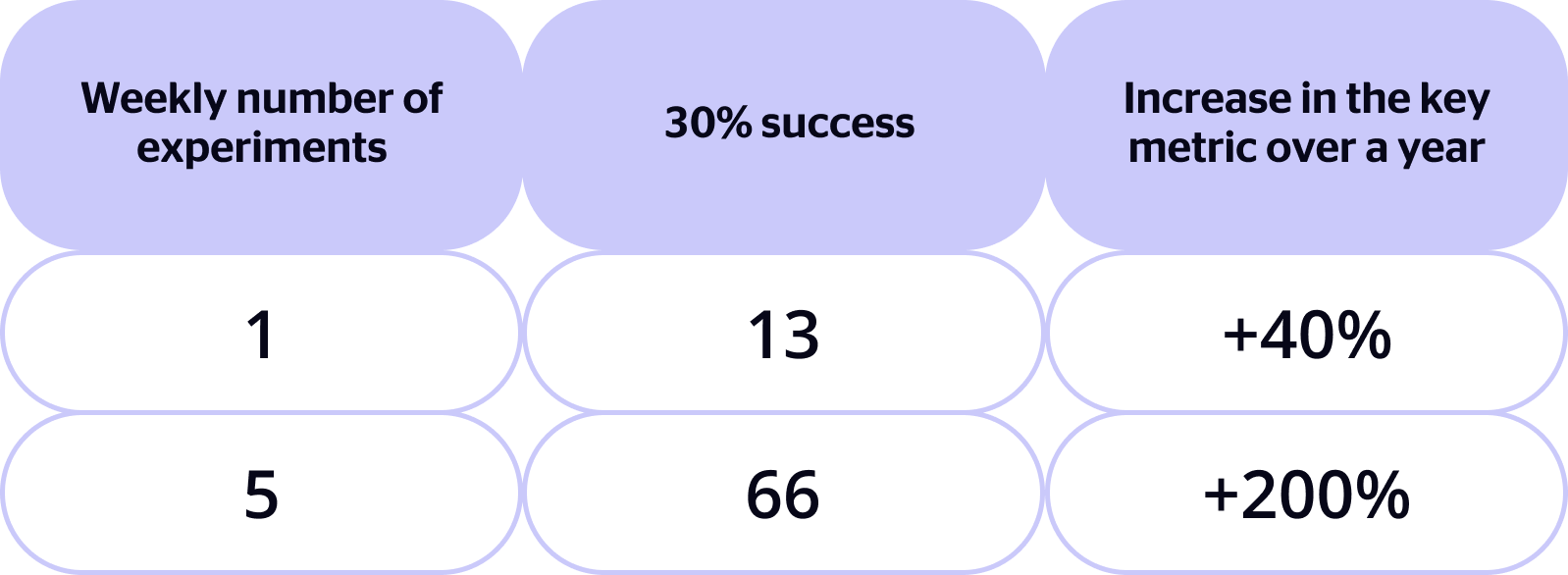
By testing just 5 hypotheses per week, you can achieve a 200% growth in the key metric. So, if the revenue is $100,000, then with a 200% growth, it will become $300,000.
Here’s how it’s calculated: there are 365 days in a year. Subtracting weekends, holidays, vacations, and sick days, we have approximately 221 working days. That’s 44 weeks of 5 working days.
According to Growth Academy statistics, only 30% of hypotheses are successful and can increase the key metric. Thus, if you test five hypotheses per sprint, taking into account the success rate, there will be 66 working hypotheses per year:

The Growth Academy data shows each successful growth marketing hypothesis brings a 3% growth in the key metric. Therefore, 66 successful hypotheses per year will yield an impressive 200% growth.
For comparison: if you test one hypothesis per week, the annual growth will be 40%. Not as impressive, but still not bad.
The more hypotheses you test, the greater the growth in the target metric you achieve. And to be able to test many hypotheses, you need to do it quickly. It’s that simple 😉
Thanks! Here’s your copy of 100 growth ideas
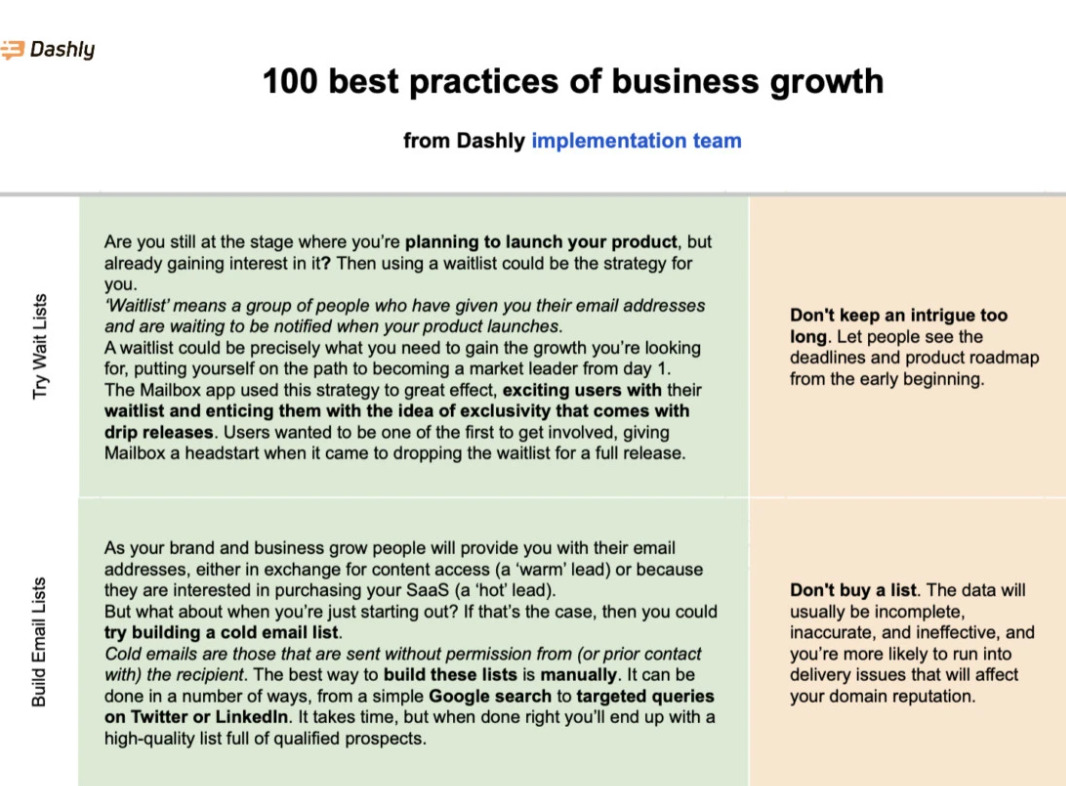
On average, how many growth marketing hypotheses do you test per week, per month?
Currently, we test an average of 10 hypotheses per week. This amounts to about 40 hypotheses per month. We allocate 6 hours to launch each one.
As for testing, it varies. It lasts as long as it takes to gather statistically significant data.
For example, testing certain offers or creatives in Facebook advertising takes 3-4 days. There is a large audience there, so we quickly collect the necessary data. But if we test a low-traffic landing page, the process can take a month.
Does your growth team also deal with other tasks besides testing hypotheses?
No, we are a separate team that deals with growth marketing hypotheses only. Combining growth work with other tasks takes a lot of time and energy. There is a risk that the focus will shift to secondary tasks, and the hypotheses will gradually be neglected.
The growth team is like a detective agency.
Everyone in the company knows the main story. But to dig deeper, explore new ideas and approach from different angles, they “hire” us. And when we gathered all the clues aka tested hypotheses, we share it with the whole company.
Moreover, the growth team significantly differs from other teams in its approach. Let’s take a classic marketing team, for example.
In marketing, it’s crucial to launch full-fledged projects and do it qualitatively within a set and usually longer timeframe. Achieving the project’s goals is essential. The steps here are always quite standard.
For example, organizing participation in an exhibition or having our people speak at a conference requires:
- Agree on participation and purchase tickets for participants.
- Prepare presentation materials and merchandise.
- Prepare the stand.
- Pre-book time for meetings with certain people.
The growth team works differently.
Team members quickly launch many hypotheses, 25-30% of which turn out to be failures. And that’s okay! It’s part of the process that allows us to learn.
In marketing, failures are unacceptable. What would happen if your marketer failed 7 out of 10 projects? It’s a disaster!
The growth team must settle for minimally viable products — MVPs. Quality is not the focus here. Speed is more important. This approach doesn’t work for the tasks of other teams.
Of course, this doesn’t mean that we turn a blind eye to poor visuals, sound, or unpolished text in the creative. It’s about priorities. And in our case, the offer we are testing is more valuable than the script for a video.
While working in marketing and the growth team, your brain must work differently. Combining marketing tasks or any other activity with the tasks of the growth team is tough because you won’t be able to do both well.
For example, you could test hypotheses and perform A/B tests when unnecessary. Or you might start doing other projects at a lower quality than required.
So it’s better to separate teams and set up processes that are tailored to their goals.
Do you test hypotheses for clients?
No, we test growth marketing hypotheses only for our own company.
But our clients can hire a team of Dashly experts that will run tests for them. The guys from this team come up with automation campaigns that help clients increase conversion on their websites.
For these campaigns, they create several offers and check which one converts better with A/B tests.
Want more ideas for your growth experiments? 👇
Which teams do you often interact with, and how?
As I have already mentioned, we interact a lot with the production team because we pass on most hypotheses to them to scale. But we also work with marketing, sales, product, editorial, and even HR teams.
We share all essential insights with the team leads for whom they are important.
We have a call with the marketing team every Friday for the sprint review. We tell the guys what hypotheses we have tested and what results we have achieved.
In addition to the growth team, marketing includes content team, production, video producers, people responsible for events and partnerships, analytics, and SEO. The co-founder of the company and CEO, Dmitrii Ive, manages all these teams.
For the content team, we test hypotheses “on demand.” For example, the blog’s chief editor Anastasia brings us a list of article topics and asks us to test which one will better engage users. The same goes for lead magnets in our library. Such tests allow the content team to focus only on the “hottest” and most promising materials, without wasting time on irrelevant content.
The product marketing team also asks us to run tests sometimes. For example, before releasing a new feature, they want to understand how to present it and tell users about it. They provide several versions of positioning statements, and we test which one resonates more with the audience.
For the HR team, we test growth marketing hypotheses for attracting employees. For example, there was a scandal with a company, which fired 150 employees all at once, rudely informing them about it in a general mailing.
In light of this, we decided to launch an Instagram ad that Dashly is a company that values its employees and invited people to join our team.
We communicate with the sales team most closely because our work mainly aims to attract targeted leads, which we then pass on to this team.
They also help us learn how to sell our product. We watch recordings of their service demos to clients and try to scale successful cases.
We look for insights in the demos on how clients refer to certain features, why they contact us, and what their “pain points” are. Then we use this information in advertising campaigns. This way, we speak the clients’ language and appeal to their interests.
Understanding how to sell our service helps our team bring in targeted leads who are genuinely interested in our product. Our sales team can successfully sell our services to these people.
So, the growth team is responsible for the quality of the leads.
To make the work of the sales and growth teams more coordinated, we have a joint chat in Slack. There, we tell them which hypotheses we plan to test. This way, the sales team understands what kind of leads to expect (from which channel, with what requests) and how to talk with them.

Additionally, in this channel, we discuss any issues that arise in our joint work.
If the growth team notices that the sales reps started calling new leads more slowly, we discuss the problem. There could be too many requests, and the sales team cannot process them quickly enough. In that case, we agree that we need to adjust the advertising campaigns and slow down the “delivery” of leads a bit.
In this chat, we also discuss how targeted the leads are from different campaigns, whether they can be converted to service demos.
And we arranged “lead review committees” once every two weeks. These meetings involve the heads of the sales, production, and growth teams aka myself 🙂 Heads from other teams may also join if they have something to discuss with us.
During these calls, we analyze the quality of the leads the growth team brings, discuss what’s good and bad, and determine whether we are achieving our target metrics.

You mentioned that your team tested a total of 215 hypotheses in 5 months of existence. What exciting insights did you discover? What interesting stories were there?
We realized how careful we need to be with wording in advertising campaigns. One incorrect word can cause the audience to misunderstand the offer, leading to non-targeted leads.
For example, we made a video on how Dashly can help marketing and sales teams work together more effectively, thus finding more targeted leads.
At the beginning of the video, we talked about leads generated by marketing. Unfortunately, this caused wrong associations. They thought we were an agency that would launch ads and bring in a lot of targeted leads.
But that’s not what we do!
We only launch triggered scenarios like emails, chatbots, pop-ups, and push-notifications. So we had to stop showing that video, even though we really liked its concept.
We also realized that the quality of the production doesn’t matter much. Once, I came up with an offer to attract online schools and wrote the text for the video, but I had no script in mind.
Our growth master Polly (same name, yeah, we often joke it’s a requirement to get in the team 😅) offered to help me. She came up with a script and quickly recorded a video explaining her idea. I really liked it, so I decided not to rewrite it and to run a test with it as it was.
As a result, this video is in the top 10 of our successful hypotheses!
Polly was upset because she recorded it with a fever and without makeup. After some time, she couldn’t stand it anymore and re-recorded it. We launched the new video and got exactly the same metrics.
Another interesting observation: after numerous tests, we abandoned static creatives in favor of videos.
Thanks to Instagram stories and TikTok, people have become accustomed to the “talking head” format. They respond well to it and are willing to spend up to 45 seconds of their time watching a video instead of a three-second interaction with a static image. This allows us to convey information more effectively.
We post some videos on Dashly’s Instagram. Follow us if you are interested in keeping up with our work.
Another example is a growth marketing hypothesis that I strongly believed in:
If we make a post on Facebook offering to leave a website link and describe a business for our team to suggest scenarios for increasing conversion and promote this post, we will get comments and bring in 15 leads for sales.
It is a very attractive offer. After all, people love free stuff. But how many applications were there? Zero!
And aren’t you demotivated by the fact that 80% of hypotheses are failures? After all, when you come up with an idea and invest in it, you want it to work out.
Well, there is something like that in the back of my mind.
Of course, it’s mentally exhausting when you try hard and nothing works out. But I am very optimistic. I can believe in a hypothesis, but if it doesn’t work, I get upset for 3 minutes, and then I already have a new idea.
So everything is fine 🙂
So, a growth hacker should be able not to get upset about failed hypotheses. What other qualities are essential for them to be successful in this work?
A growth hacker should not only avoid getting upset about failed hypotheses but also learn from them and find out why they were unsuccessful. They need to be creative and think outside the box.
A growth hacker is a versatile person.
They should be able to write text, build a landing page in a constructor, and design a button. This is necessary to create MVPs quickly and without involving people from other teams.
Empathy and understanding clients’ behavioral psychology are also important for a growth hacker. They should know what matters to clients, why they buy a product, what they like, and what they don’t. This helps us understand how to communicate with users in advertising.
How did you hire people for your team, and how did you join it? Did you study specifically for this?
No, I joined Dashly almost four years ago and started by creating our email campaigns. Gradually, my task list expanded, and I started doing user research and mastered other marketing channels besides email.
Then, when launching the growth team, our CEO Dmitrii Ive and I decided that my place was there as a Head of Growth.
I try to develop in every possible way. Now, I am taking courses to find new approaches to demand generation and exchange best practices with people with similar experiences.
As I already mentioned, we met with an expert on forming the growth team. He said that we needed a marketer, PPC specialist, SCRUM master, analyst, and designer to start.
We chose people who already worked at our company and had the appropriate skills for these roles. We took the analyst and designer from the marketing team, they work with us part-time. The others are with us full-time.
Hiring someone from outside is difficult but not impossible 🙂 You just need to look for someone with more experience as a marketer or product manager.
For example, we’ve recently hired a PPC specialist. To find them, we recorded a video about how our team works. Thanks to such openness, we could filter out people who were not ready to work at our pace, develop ideas for hypotheses, and constantly make mistakes.
At the same time, the video allowed us to attract those who wanted to do something like that.
We also gave a test assignment, asking candidates to do what our team usually does. This was a task:
The product team wants to add a feature to our service. How will you check if it should be done or not?
During the interview, we tried to check if the person was ready to suggest ideas, do something hands-on, and work quickly. For example, we asked candidates what they did after launching advertising: whether they optimized landing pages and communicated with users.
I am convinced that growth teams should look for people who have worked in startups because such companies have many tasks and few people. Therefore, their employees are those versatile individuals who can do a little bit of everything, and this quality is exactly what we need.
What kind of growth team, in your opinion, can be considered good and why?
First things first, teams with 100% successful hypotheses are bad. This result means that the team is not testing anything new and is not curious.
I think a good growth team not only tests something but also learns from its unsuccessful hypotheses.
Yes, it’s okay if 7-8 out of 10 hypotheses fail. But it’s crucial to learn from these failures to draw some conclusions. You shouldn’t fail growth hypotheses just for the sake of failing. Through learning, the number of good and smart hypotheses increases.
What do you think are the main achievements of your growth team? What are you proud of?
I am proud that our team has not has not fallen apart 😀 We maintain our pace. We test no less than ten hypotheses per week and have been able to scale.
I am proud that we are spreading the growth approach throughout our company and to external audiences. Our team members from other departments are also learning to think about hypotheses, test things, and bring us ideas for testing. That’s great!
Of course, I’m proud that we bring 33% of all leads to demo the service. That’s the goal of our work 🙂
Cool! Thank you very much for the detailed answers. I wish your team success, keep it up!
Hope you got some inspo and now are ready to create your own growth hacking team. Let’s start with the tools!
Thanks! Here’s your copy of 50 growth hacking tools
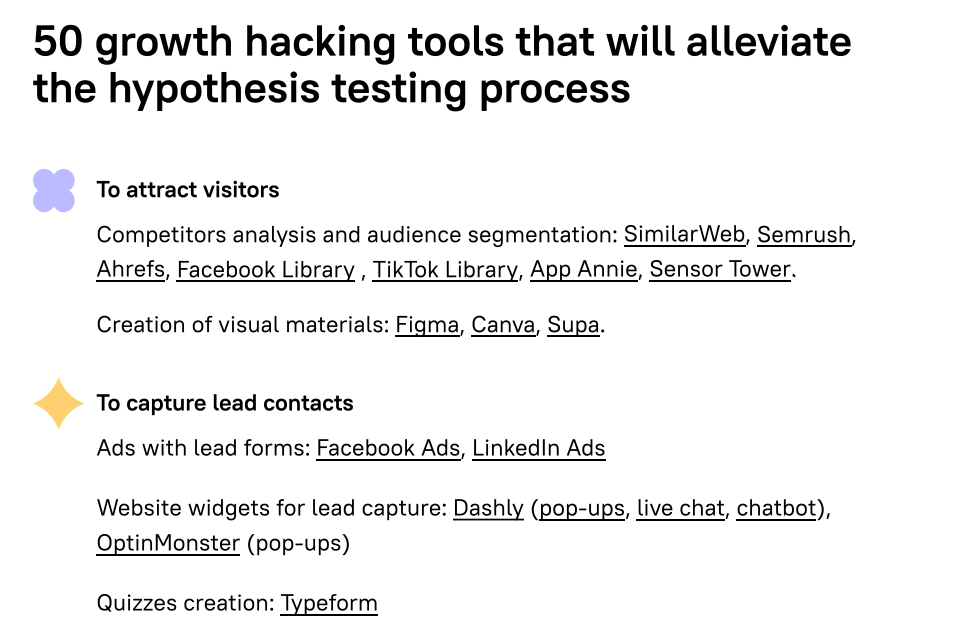
Useful materials
- How to generate growth hypotheses that go into sprint, not the backlog;
- How to test growth marketing hypotheses and analyze results;
- Stop the war: how to reconcile marketing and sales and increase revenue by 2 times — the experience of the Dashly team.
- Growth marketing vs performance marketing: What to choose for your business?
- Growth marketing newsletter: 18 expert digests for regular insights
- RevOps vs Sales Ops: Know the difference
- RevOps tech stack: Guide to the best tools
- Revenue operations metrics: 10 metrics and KPIs to track your performance
- Product led growth metrics: 13 key indicators for SaaS companies to track
- PLG tools: Ultimate guide to the best instruments
- Benefits of Product led growth: 12 PLG benefits for your business
- Sales led growth: What is it and why your business needs it
- RevOps best practices: 13 tactics to implement this year
- Growth marketing framework: Battle-tested insights from Dashly experts
- Growth Product Manager: Charting new frontiers in product scaling
- 20 product led growth examples to inspire your team [expert edition]
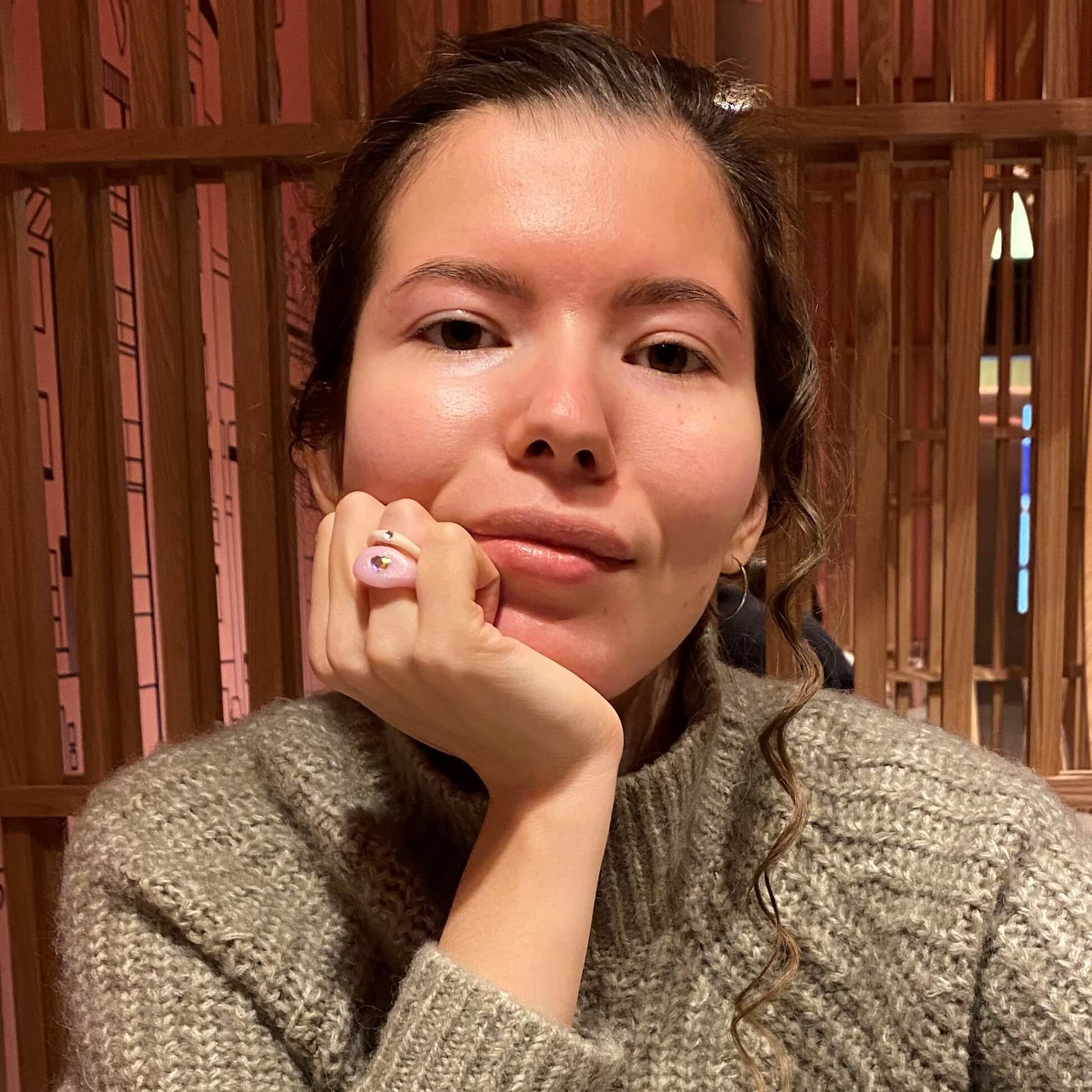
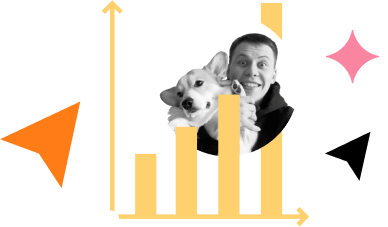
![Sales and Marketing Automation: How to align their workflow to 2x revenue [Dashly example]](https://www.dashly.io/blog/wp-content/uploads/2021/06/IMG_1074-1100x471-1-720x308.jpg)
